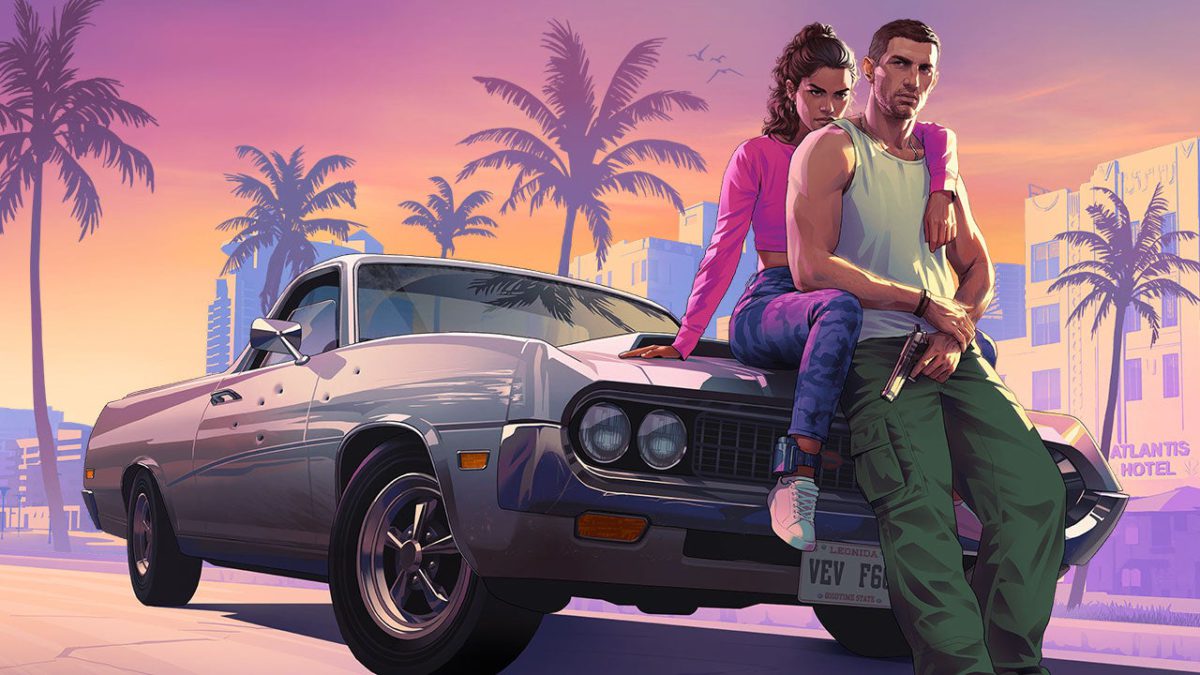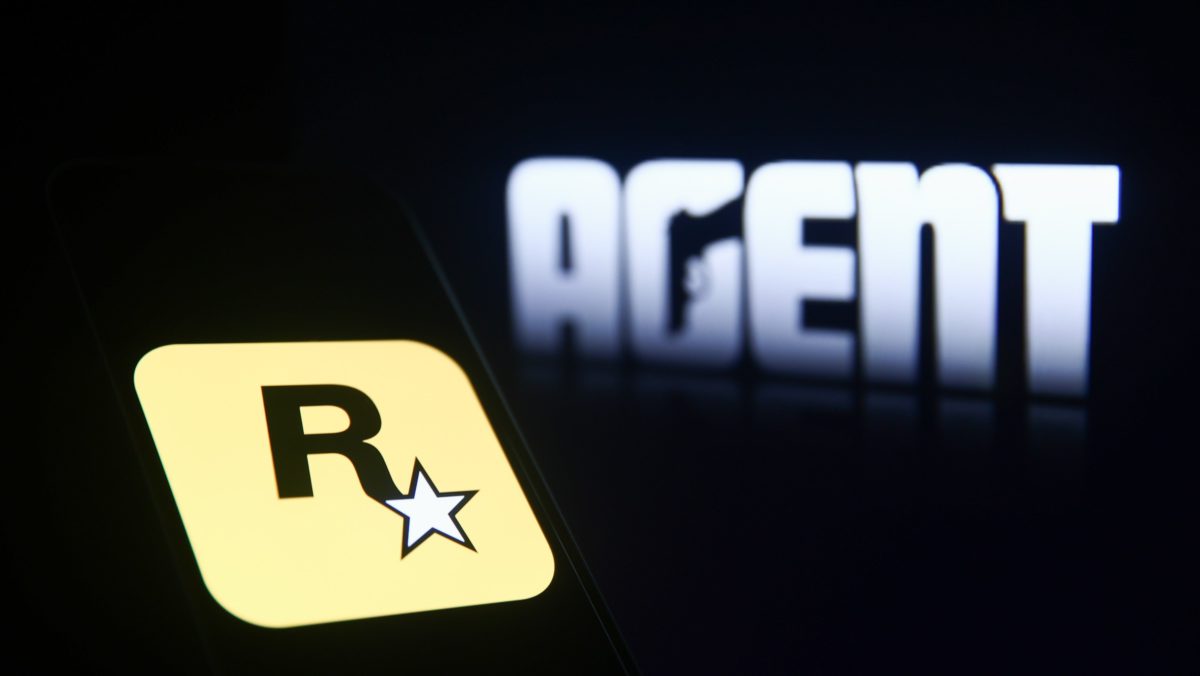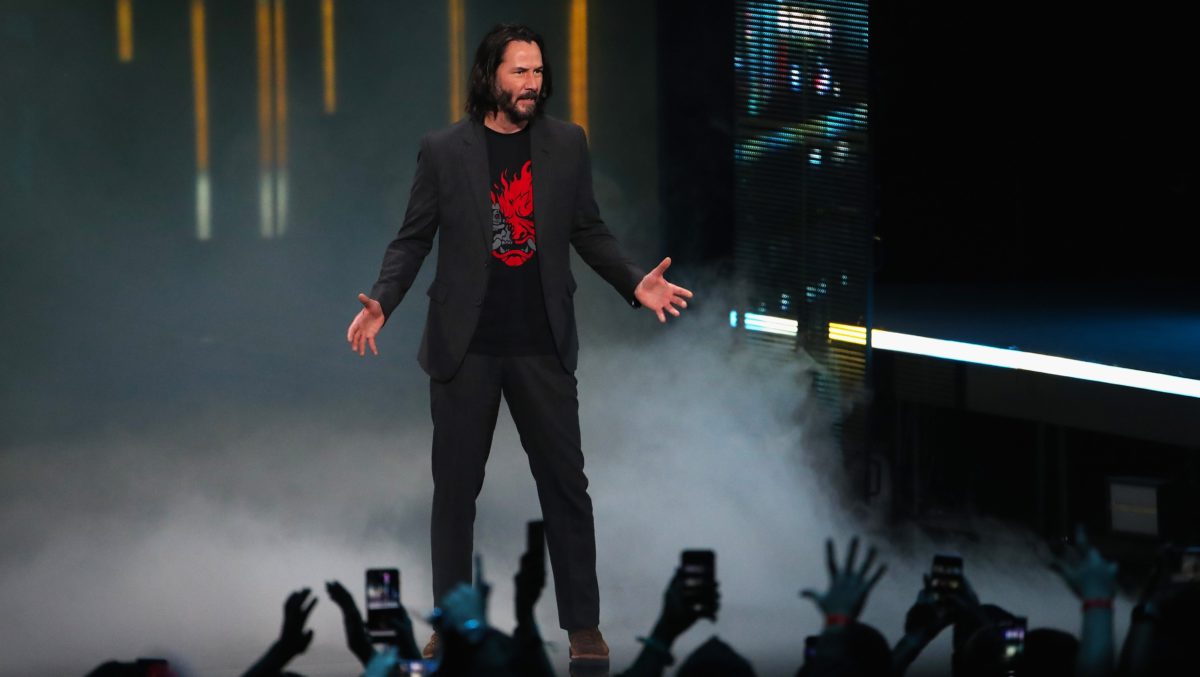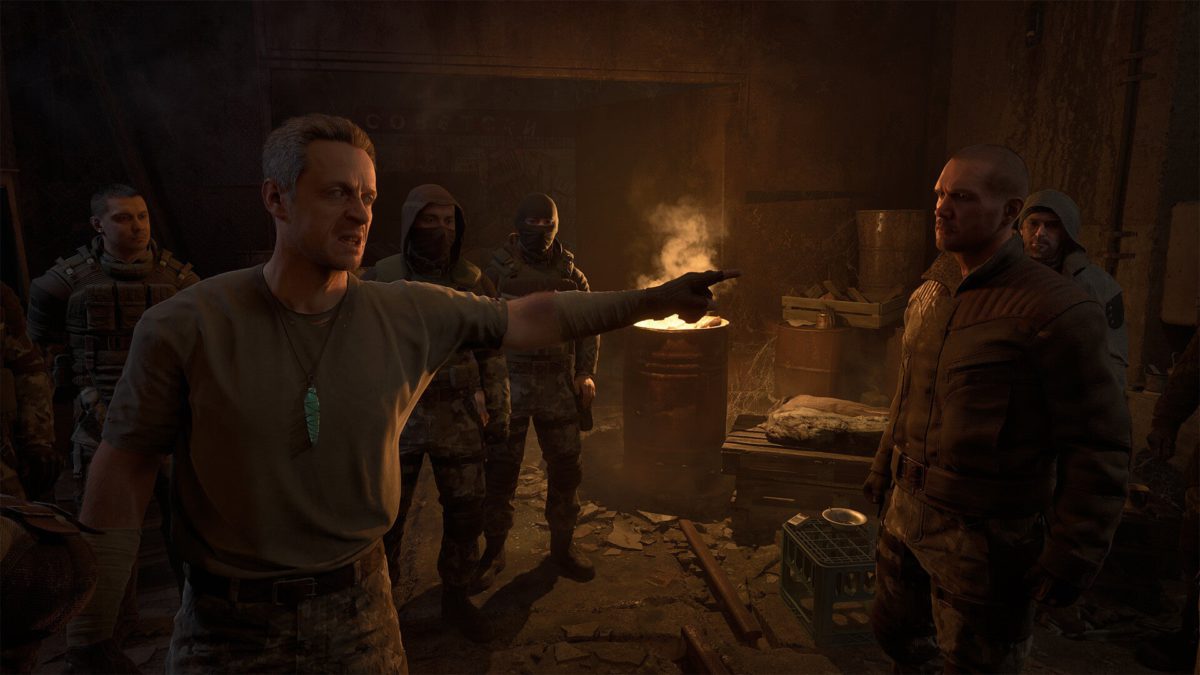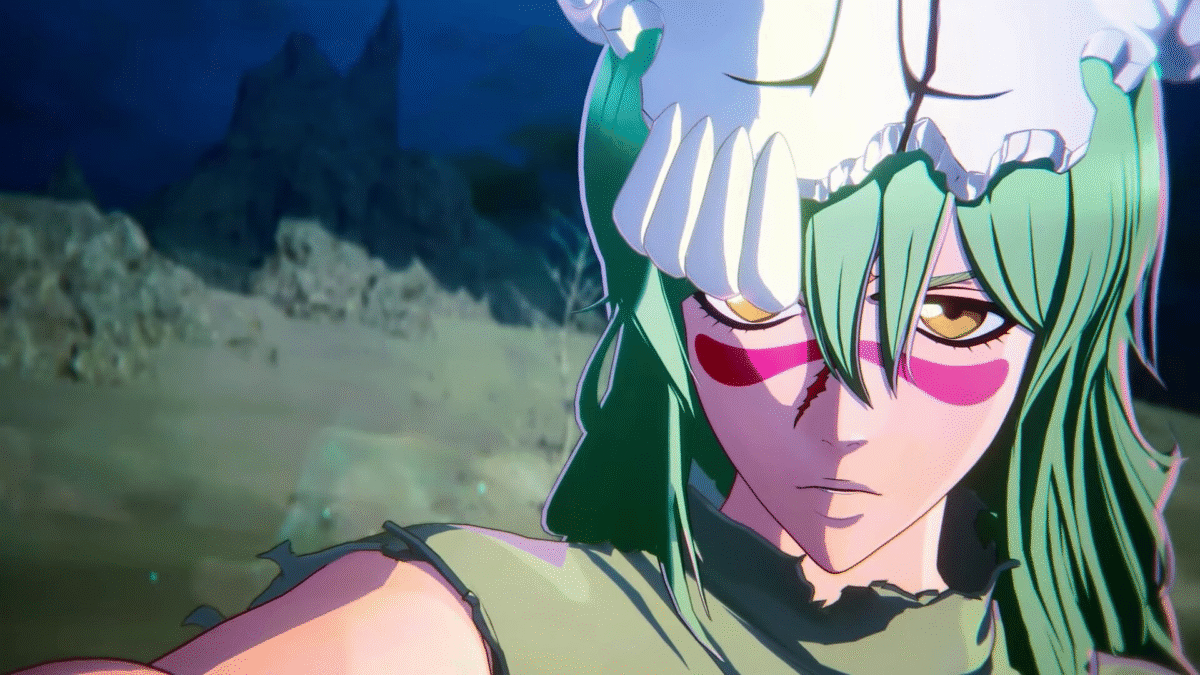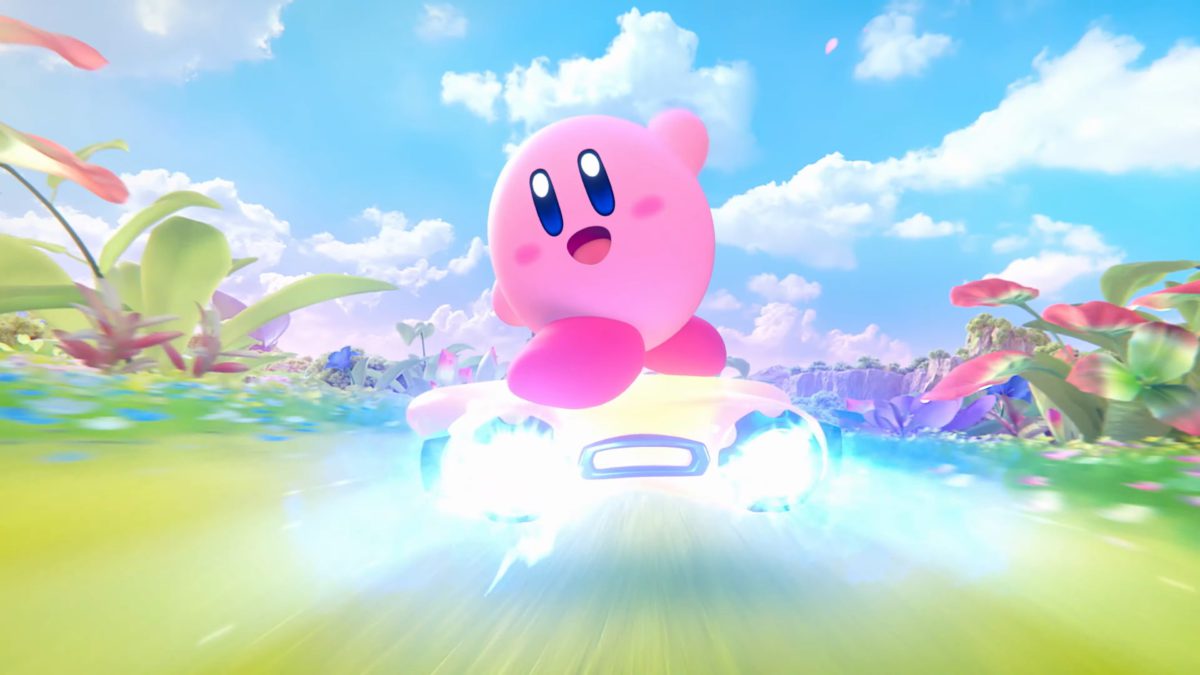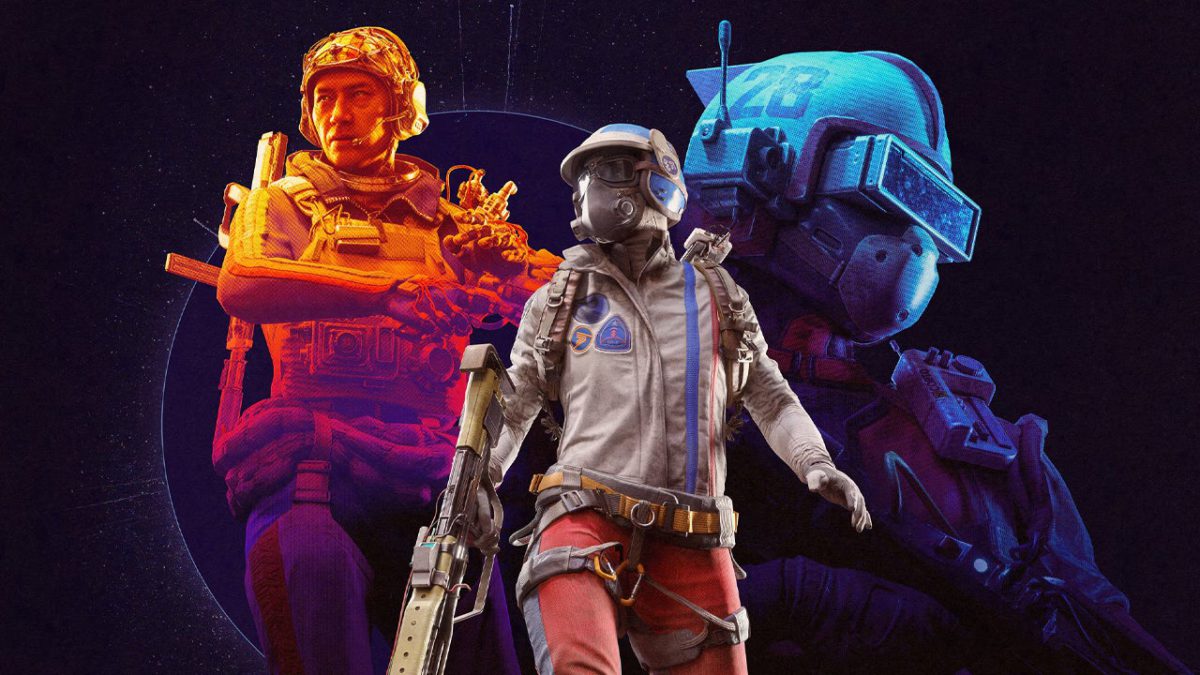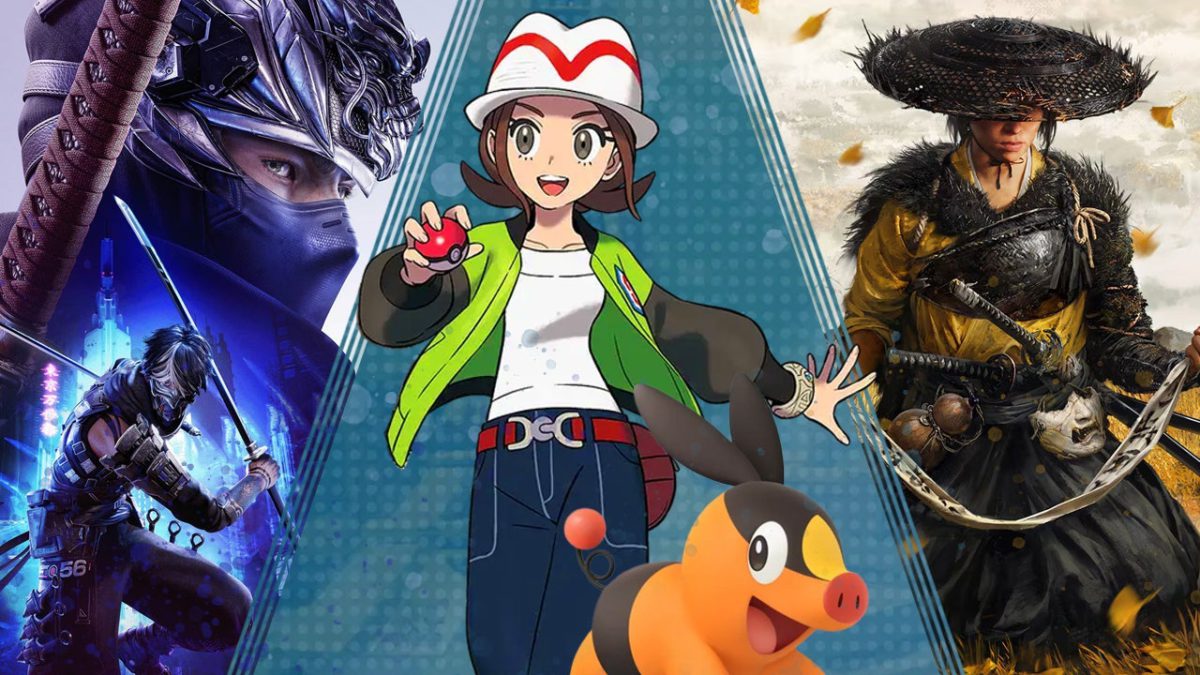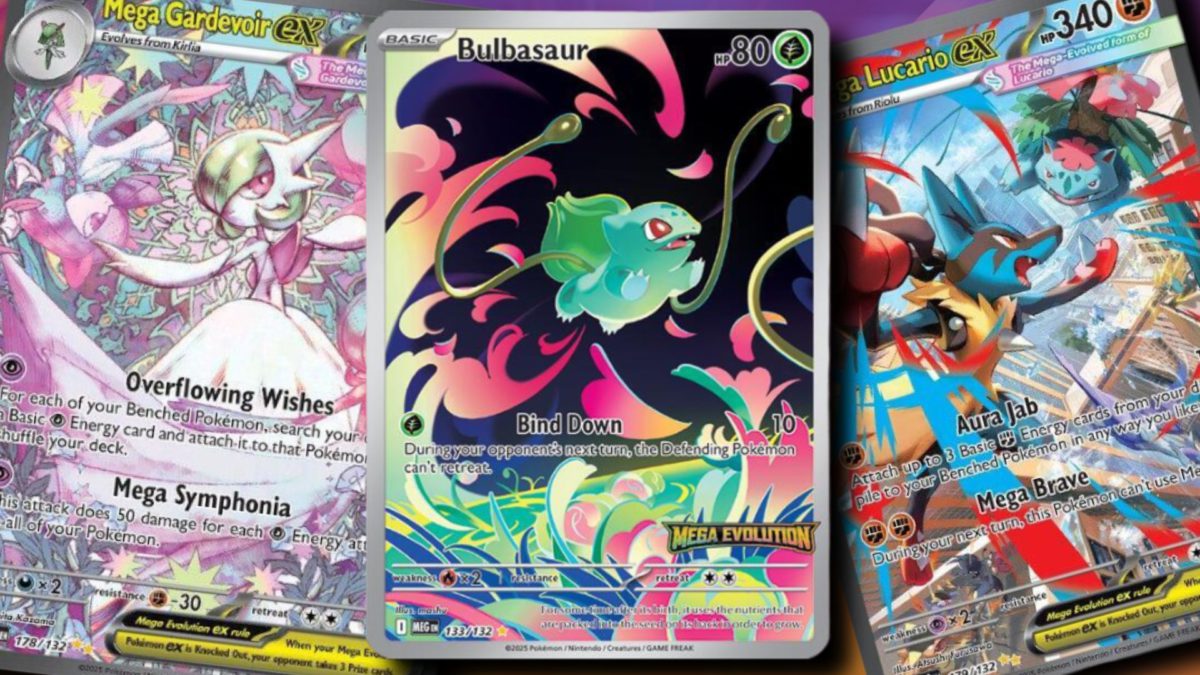
Rockstar, the developer of Grand Theft Auto VI, reportedly fired between 30 and 40 employees in a move that the Independent Workers’ Union of Great Britain (IWGB) is claiming was “blatant” and “ruthless” union busting.
According to Bloomberg, the workers fired this past Thursday were all UK and Canadian employees who were also part of a private trade union chat group on Discord, and were either union members themselves or trying to organize Rockstar. IWGB has issued a press release in response to the firing, claiming that the employees’ dismissal was explicitly due to union activities.
Rockstar has just carried out the most blatant and ruthless act of union busting in the history of the games industry. This flagrant contempt for the law and for the lives of the workers who bring in their billions is an insult to their fans and the global industry.
Despite this calculated attack on workers organising for a collective voice and to improve their difficult working conditions, the Rockstar Union remains undeterred. They will keep organising for respect and better conditions whilst continuing to pour their blood, sweat and creativity into games that are loved by millions.
The IWGB will pursue every legal claim possible to ensure our members are reinstated and receive interim relief.
In response, Rockstar has issued its own statement via a Take-Two spokesperson, countering that the firings were for “gross misconduct, and for no other reason.”
We strive to make the world’s best entertainment properties by giving our best-in-class creative teams positive work environments and ongoing career opportunities. Our culture is focused on teamwork, excellence, and kindness. Rockstar Games terminated a small number of individuals for gross misconduct, and for no other reason. As always, we fully support Rockstar’s ambitions and approach.
These dismissals occur as Rockstar is on the cusp of releasing Grand Theft Auto 6 in May of next year, with the game projected by some analysts to make $3 billion in its first year on sale and said by others to be one of the most important game releases of all time.
Amidst massive public anticipation for the game, Rockstar has been sparing with its marketing, releasing very little information about the game ahead of launch. However, after a massive leak of the in-development game in 2022 and the day-early release of the game’s first trailer the following year, Rockstar has been increasingly tight with security. Last year, the studio began asking employees to come to the office five days a week, citing a desire for both increased productivity and security. This decision was criticized by workers affiliated with the IWGB, who said Rockstar broke promises with the forced return to office, and accused the studio of refusing to engage with workers on the issue.
Rebekah Valentine is a senior reporter for IGN. You can find her posting on BlueSky @duckvalentine.bsky.social. Got a story tip? Send it to rvalentine@ign.com.

